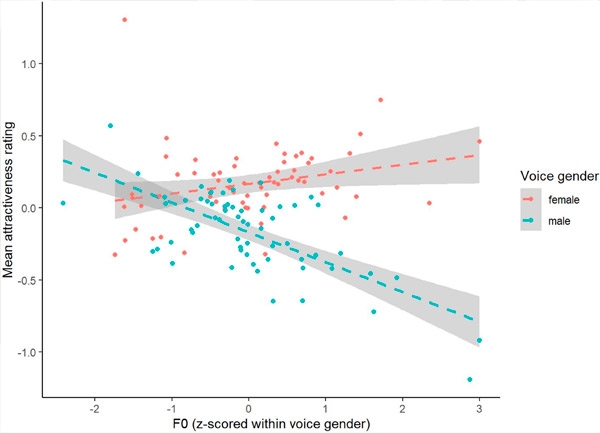New research challenges common beliefs about why we are attracted to certain voices
最近審查:14.06.2024

New insights into how people perceive the human voice are challenging beliefs about what voices we find attractive.
Previous studies have linked average voice characteristics to attractiveness, finding that the more average a voice sounds, the higher it is rated on attractiveness.
However, McMaster researchers found that average voice characteristics are not inherently attractive and may benefit standing out from the crowd.
“Contrary to past research, we found that average is not always more attractive. Voice pitch is a critical factor in assessing attractiveness, highlighting the complexity of human voice perception,” explained study leader Jessica Ostrega, who recently received her PhD in psychology, neuroscience and behavior.
“Understanding this allows us to explore how specific features of a person's voice influence the way we form impressions of and interact with others.”
The findings are reported in a study published this month in Scientific Reports. The researchers used advanced voice morphing technology to blend multiple voices and create average-sounding voices for use in their experiments. They asked participants to rate the attractiveness of these voices.
Voice attractiveness refers to how beautiful or pleasant a voice appears to the listener. The term goes beyond simple attractiveness to include characteristics that may influence romantic or sexual interest.

Significant relationships between fundamental frequency (F0) and attractiveness ratings of male and female voices. Source: Scientific Reports (2024). DOI: 10.1038/s41598-024-61064-9
“This study contributes to a deeper understanding of the complex dynamics of human communication and attraction,” said David Feinberg, assistant professor of psychology, neuroscience and behavior, who led the study, adding that the study's findings extend beyond the academic realm and have practical implications.
“Understanding the nuances of voice perception can impact practices in industries such as marketing, media, and even technology development, where voice interfaces are becoming increasingly common.”

